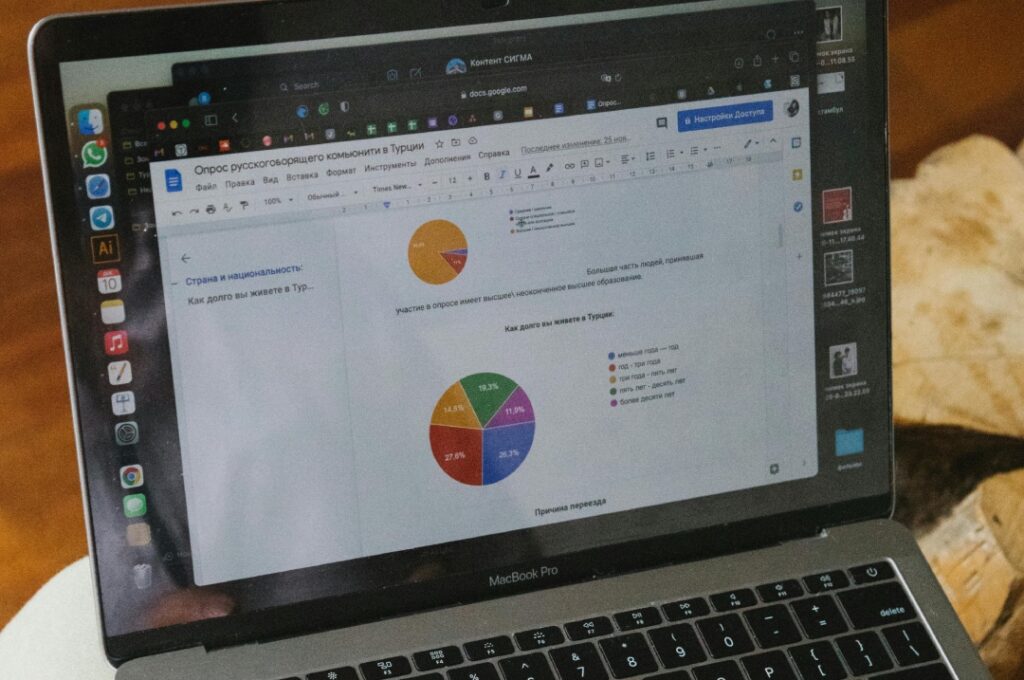Understanding your SEO position analysis is the foundation of any successful SE0 strategy.
On This Page
As websites compete for valuable search rankings, knowing exactly where you stand, and why, can mean the difference between page-one visibility and getting lost in the depths of search results.
My checklist breaks down the process into manageable steps, helping you assess and improve your search engine performance without getting overwhelmed by complex SEO metrics or technical lingo.
My Essential SEO Position Analysis Checklist
Let’s walk through the key elements you need to examine when analyzing your SEO position. Each of these steps builds on the last, giving you a complete picture of your site’s performance.
1. Search Position Tracking

Think of position tracking as your SEO scoreboard. You need to know where you stand before you can improve. Keep tabs on your rankings for important keywords, but don’t obsess over daily changes. What really matters is the overall trend and whether you’re moving up or down after making changes to your site.
- Record current rankings for all target keywords
- Use rank tracking tools to monitor daily/weekly position changes
- Track local vs. global rankings if relevant
- Monitor featured snippet positions
- Note any AI Overview mentions
- Note any SERP feature appearances (images, videos, etc.)
I recommend using Ahrefs or Semrush have the features you’ll need in order to track this key SERP information.
2. Content Assessment
Here’s the deal – your content either helps or hurts your search engine rankings. Look at your pages through your visitors’ eyes first, then through Google’s. Make sure you’re actually answering people’s questions and not just stuffing keywords everywhere.
- Review your meta titles and descriptions – are they compelling and do they include your target keywords?
- Check content length against top-ranking competitors
- Ensure your headers (H1, H2, H3) follow a logical structure
- Look for content gaps compared to high-ranking pages
- Verify that your content answers user intent clearly and thoroughly
3. Backlink Profile
Links are still important for SEO, but quality beats quantity every time. One solid backlink from a trusted site in your industry is worth more than dozens of spammy links. And keep an eye on your competitors’ backlinks – they’re basically giving you a roadmap of where to get your own.
- Count total number of quality backlinks (ignore spam)
- Identify your most valuable referring domains
- Compare your backlink profile to top 3 competitors
- Check for any recent link losses
- Look for opportunities to acquire links from sites linking to competitors
4. User Engagement Metrics

Your engagement metrics tell you whether your content delivers what it promises. High bounce rates aren’t always bad, but if people are leaving without taking action, you’ve got a problem. Watch how long people spend on your pages and what they do while they’re there.
- Monitor bounce rate for key landing pages
- Track average time on page
- Review pages per session
- Look at exit pages to identify problem areas
- Check mobile vs desktop engagement differences
5. Core Performance Indicators
Numbers don’t lie – they tell you exactly how your SEO efforts are paying off. Track your organic traffic, but pay more attention to whether those visitors are converting.
- Track rankings for primary keywords
- Monitor organic traffic trends
- Analyze conversion rates by landing page
- Check impression and click data in Search Console
- Review core web vitals scores
6. Competitive Analysis
Your competitors can be your best teachers if you know what to look for. Watch what they’re doing well (and poorly) to find opportunities for your own site. Don’t just copy them – learn from their mistakes and do better. Sometimes the best opportunities are in the gaps they’ve missed.
- Identify content gaps between you and competitors
- Compare keyword rankings for shared terms
- Look for untapped keyword opportunities
- Analyze competitor site structure
- Review their content update frequency
7. Technical Structure

Think of technical SEO as your website’s foundation. If it’s shaky, everything built on top of it becomes unstable. Focus on the basics: fast loading times, mobile-friendly pages, and making sure Google can easily crawl your site.
- Verify your site loads in under 3 seconds
- Check mobile responsiveness across different devices
- Look for broken internal links
- Ensure your XML sitemap is up to date
- Confirm proper implementation of robots.txt
There’s a reason technical SEO is listed last. It’s important, but you really need to focus on the other stuff first.
Final Thoughts
Remember to document your findings for each section. This creates a baseline for measuring improvements and helps identify patterns over time. Start with the areas where you spot the biggest gaps – those usually offer the quickest wins for improving your search position.
Run this SEO analysis monthly to stay on top of changes and adjust your SEO strategy accordingly. You’ll need to reference your analytics tool (Google Analytics, etc.) and Google Search Console for some of the above steps. While it might seem like a lot at first, you’ll develop a rhythm and get faster at spotting issues that need attention.